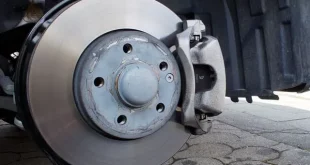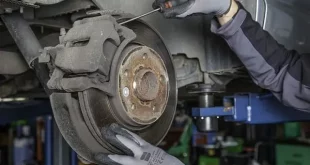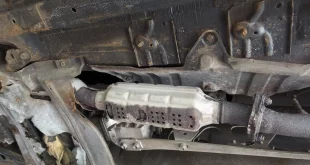The history of the Certificate of Entitlement (COE) prices in Singapore reveals a complex and dynamic market, influenced by various factors such as government policies, economic conditions, and consumer behavior. This article, synthesized from multiple trusted sources, aims to provide a comprehensive overview of COE price trends, their implications, and factors influencing these fluctuations.
COE, a crucial aspect of vehicle ownership in Singapore, represents the right to vehicle ownership and use of the limited road space for 10 years. The price of COE has seen significant fluctuations over the years, affected by policy changes, market demand, and supply adjustments.
Also Read : What Happens To Cars In Singapore After 10 Years ?
Historical Price Trends:
Since the introduction of the current system of two open bidding exercises per month in April 2002, COE prices have shown upward convergence across all categories. Notably, commercial vehicles (Category C) hit a record-high of $76,310 in October 2013. Even motorcycle categories witnessed a dramatic increase, with a record-breaking COE premium of $6,801 in April 2015, compared to an average of $1,757 in 2013.
The “feast or famine” cycle, as observed by the Motor Traders Association (MTA), is a notable phenomenon in COE pricing. The cycle describes periods of abundant COE availability followed by scarcity. For instance, there was a bumper crop of COEs from 2004 – 2008, but supply began tightening in 2009. This fluctuation impacts the number of COEs available for bidding, influencing the prices significantly.
Also Read : How To Check Vehicle COE Expiry Date ?
Recent Trends and Forecasts:
In more recent years, COE prices have continued to fluctuate. For example, in the second bidding of May, Category A (smaller passenger cars) fell by S$869 to S$47,020, and Category B (larger passenger cars) dropped by S$1,854 to S$49,156. However, other categories like commercial vehicles and open categories saw increases. Factors like the COE quota, which remains high, and changes in loan restrictions by the Monetary Authority of Singapore (MAS), have influenced these trends. The presence of private-hire companies like Uber and Grab, actively bidding for COEs, also impacts the market.
Also Read : How Many Times Can You Renew COE ?
Impact and Considerations:
These price changes have significant implications for businesses, especially small-to-medium enterprises (SMEs) that rely on commercial vehicles. The high cost of COEs can strain these businesses financially. For individual consumers, the fluctuating COE prices influence decisions regarding vehicle purchases and renewals. The prospect of buying a new car becomes more attractive with eased restrictions on motor vehicle loans, affecting the demand for COEs.
The information presented here is derived from sources like SGCharts, Tralvex, and Renew COE Singapore, which are reputable for providing accurate and detailed data on COE prices and trends. These sources offer a comprehensive view of the COE market, backed by data from the Land Transport Authority and insights from industry experts. Their analysis and reporting are grounded in a deep understanding of Singapore’s automotive market, lending credibility and reliability to the information.
In conclusion, the COE price history in Singapore is a reflection of the interplay between government policy, market dynamics, and consumer behavior. Understanding these trends is crucial for both businesses and individuals in making informed decisions related to vehicle ownership and usage in Singapore. (Automotive)
 Imaxshift.com : Insurance, Finance, Technology & Gadget Blog
Imaxshift.com : Insurance, Finance, Technology & Gadget Blog



